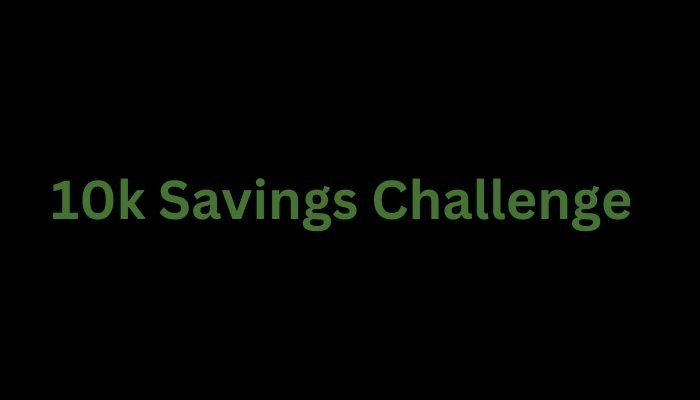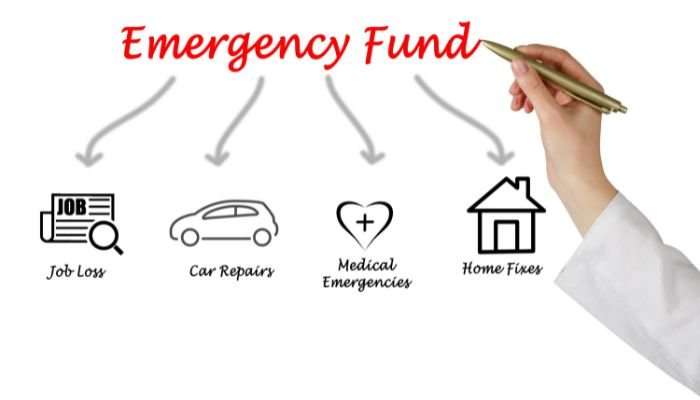Disclaimer: This post may contain affiliate links, meaning we get a small commission if you make a purchase through our link at no extra cost to you. For more information, please visit our Disclaimer Page.
Getting a handle on your money starts with one key skill: how to budget for beginners.
Maybe you’re tired of feeling like your paycheck disappears too quickly or you’re wondering how to save for the future without giving up the things you love.
Budgeting isn’t about complicated charts or boring math.
It’s a straightforward way to figure out what you have, where it’s going, and how to make it work better for you.
With the right steps, you can pay your bills, save money from your salary for your goals, and still have room to enjoy life.
In this guide, I’ll walk you through easy, practical tips to create a budget from scratch.
Ever feel like your paycheck vanishes into thin air? You’re not alone. I’ve been there too – wondering where all my money went by the end of the month. That’s why I created this straightforward guide on budgeting for beginners.
Budgeting isn’t about complicated spreadsheets or giving up everything you love. It’s simply about knowing where your money goes so you can make better choices. With a solid plan, you can pay your bills, save for your dreams, and still enjoy life’s little pleasures.
What Is Budgeting, Really?
A budget is just a spending plan that helps you take charge of your money. Think of it as a roadmap that shows where your cash comes from and where it needs to go.
Why Should You Start Budgeting?
Budgeting isn’t just for financial experts or spreadsheet enthusiasts. It’s for anyone who:
- Wants to stop wondering where their money disappeared to
- Hopes to avoid unnecessary debt
- Dreams of saving for something special
- Craves more control over their financial life
Getting Started: Your Simple Budgeting Roadmap
Starting a budget is easier than you might think:
- List Your Income: Write down every dollar that comes in – your paycheck, side gigs, everything.
- Track Your Expenses: Keep tabs on what goes out – from rent to that morning coffee.
- Create a Spending Plan: Decide how much to allocate to essentials, savings, and yes, fun stuff too.
The Real Benefits of Budgeting
Contrary to popular belief, budgeting isn’t about restriction. It’s about freedom. When you budget, you:
- Gain clarity on your spending habits
- Reduce money stress (and who doesn’t want that?)
- Prepare for unexpected expenses
- Make progress toward your dreams
- Create guilt-free spending categories for things you enjoy
Remember, a good budget includes room for entertainment and hobbies. It’s all about balance, not deprivation.
Setting Financial Goals That Matter to You
Your money should work for YOU. Before diving into numbers, think about what you really want:
Short-term vs. Long-term Dreams
Short-term goals might be paying off a credit card or saving for a vacation. Long-term goals could be buying a home or building your retirement nest egg.
Make your goals specific and measurable: “Save $5,000 for a trip to Japan by next summer” gives you something concrete to work toward.
Understanding Your Income: The Foundation
Let’s get clear on what money you actually have to work with:
Net vs. Gross Income
Your gross income is what you earn before deductions. But your net income—what actually hits your bank account—is what matters for budgeting.
If you’re a freelancer or gig worker with irregular income, track your earnings over several months to find your average monthly income.
Tracking Your Expenses: Where Is Your Money Going?
This is where the real insights happen. Tracking expenses helps you:
- Stay accountable (those small purchases add up!)
- Prevent overspending
- Discover your actual spending habits (sometimes surprising!)
How to Track Without Going Crazy
- Daily or Weekly Logging: Find a routine that fits your life
- Budgeting Apps: Let technology do the heavy lifting
- Keep Receipts: Old school, but effective
Don’t worry about perfection. Just start somewhere and adjust as you go.
Creating Your Personal Budget Plan
Now for the fun part—mapping out your financial journey:
Step 1: Know Your Take-Home Pay
Start with the money that actually reaches your bank account after taxes and deductions.
Step 2: List All Your Expenses
Break these into:
- Fixed costs (rent, loan payments)
- Variable costs (groceries, entertainment)
- Don’t forget to include savings as a non-negotiable expense!
Step 3: Set Realistic Spending Limits
Be honest with yourself here. Super-strict limits often backfire.
Step 4: Track and Tweak
Use a budget planner or app to monitor your progress. Adjust as needed—your budget should evolve as your life does.
Finding Your Budgeting Style
We’re all different, and your budget should reflect YOUR life. Here are some popular approaches:
The 50/30/20 Method
- 50% for needs (housing, food, utilities)
- 30% for wants (dining out, entertainment, hobbies)
- 20% for savings and debt repayment
Simple and flexible—perfect for beginners.
The Envelope System
If you’re trying to curb overspending, this tangible approach might work for you. Assign cash envelopes for different spending categories. When an envelope’s empty, you’re done spending in that category until next month.
Zero-Based Budget
Give every dollar a job until you reach zero. This doesn’t mean having an empty account—it means every dollar has a purpose, whether it’s for bills, savings, or fun.
Pay-Yourself-First Budget
Make savings automatic by setting aside money as soon as you get paid, then work with what’s left for expenses.
Adjusting Your Budget: Because Life Happens
Life changes, and your budget should too. Don’t see adjustments as failures—they’re just course corrections.
Identify Problem Areas
Notice where you consistently overspend and ask yourself why.
Prioritize What Matters
Focus on needs first, then look at wants where you can cut back if necessary.
Reallocate Your Money
Shift funds from less important categories to cover necessities or boost savings.
Practical Saving Tips for Beginners
Building savings doesn’t have to be painful:
- Set Clear Goals: Know what you’re saving for
- Pay Yourself First: Treat savings like a bill
- Start Small: Even $10 a week adds up over time
- Automate: Set up transfers to your savings account
- Track Your Progress: Celebrate small wins along the way
Common Budgeting Mistakes to Avoid
Learn from others’ experiences:
- Forgetting irregular expenses like annual subscriptions or car maintenance
- Setting unrealistic goals that set you up for frustration
- Not adjusting your budget when life changes
- Ignoring the importance of an emergency fund
- Comparing your budget to others’ (your situation is unique!)
Tools to Make Budgeting Easier
Technology can be your friend here:
Popular apps like Mint, YNAB, and PocketGuard can:
- Sync with your accounts
- Categorize expenses automatically
- Provide insights into your spending patterns
- Send alerts when you’re approaching limits
Choose what works for your style—whether it’s a high-tech app or a simple spreadsheet.
Keep It Fresh: Reviewing Your Budget
Your budget needs regular check-ups:
- Set a schedule for reviews (monthly works well for most people)
- Compare plans vs. reality to spot patterns
- Make adjustments as your income, expenses, or goals change
Remember that your budget serves YOU, not the other way around.
Final Thoughts: Your Budget, Your Way
Budgeting isn’t about perfection—it’s about progress. Start small, be consistent, and don’t beat yourself up when things don’t go exactly as planned.
The simple act of paying attention to your money will transform your finances over time. Before you know it, you’ll be handling your money with confidence and moving steadily toward your financial goals.
Ready to take control of your money? Your budgeting journey starts now!





